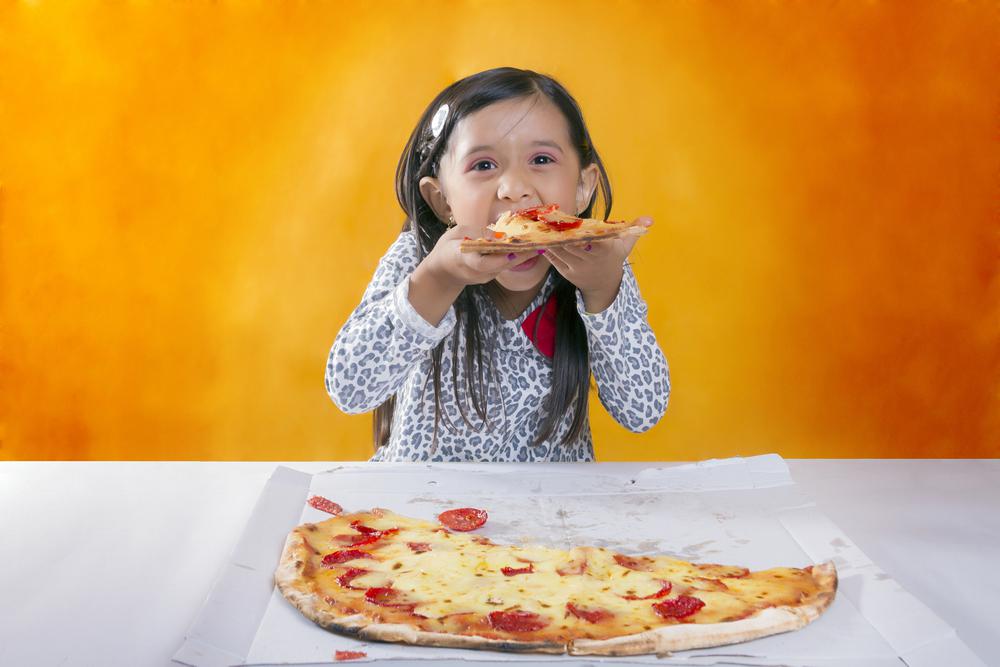Your kids are eating too much pizza. That’s the conclusion of a paper published in Pediatrics this month looking at how much pizza consumption contributes to overeating in children and teenagers. While overall pizza consumption is down among kids in the past decade, researchers found that when kids eat pizza, they eat too much in general.
Children in this study, which tracked subjects ages 2 to 19 using Centers for Disease Control and Prevention data, netted 84 extra calories on days they ate pizza, and teenagers netted 230 extra calories over kids who did not eat pizza on that day. “Pizza consumption as a snack or from fast-food restaurants had the greatest adverse impact,” researchers write. One of the co-authors of the study, Lisa Powell, director of the Illinois Prevention Research Center and professor of health policy and administration at the University of Illinois at Chicago, told ThinkProgress that she and the other researchers focused on pizza because “it’s such a prevalent item in children’s diets.”
“This is not saying don’t eat pizza,” she explained, but instead emphasized that there are healthier ways to eat pizza—homemade instead of Pizza Hut, for instance—and that parents could make “small changes” to improve their kids’ diet. “These observations emphasize that pizza, like sugary drinks, may be a significant contributor to excess caloric intake and obesity, and should become a target for counseling for the prevention and treatment of obesity in pediatric practice,” the study authors write.
As NPR reported last week, there’s a growing understanding in the medical research community that it’s difficult, if not impossible, to accurately measure exactly how many calories people are eating during the course of a day. People don’t remember what they ate, or they downplay how much. It’s easy to see how, if adults struggle to monitor their own caloric intake, it’s even harder to do so for kids, especially once they go to school and start making their own food choices. But while counting calories is nearly impossible for most people, the researchers on this paper hope that focusing on specific goals like reducing the amount of pizza you eat or cutting back on sugary drinks could be a better approach. You don’t need to know exactly how many calories is in a slice of pizza to know that your kid probably shouldn’t have a third slice.
